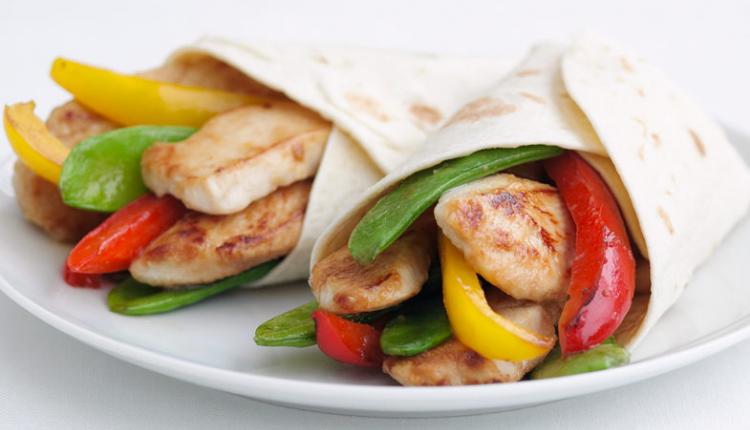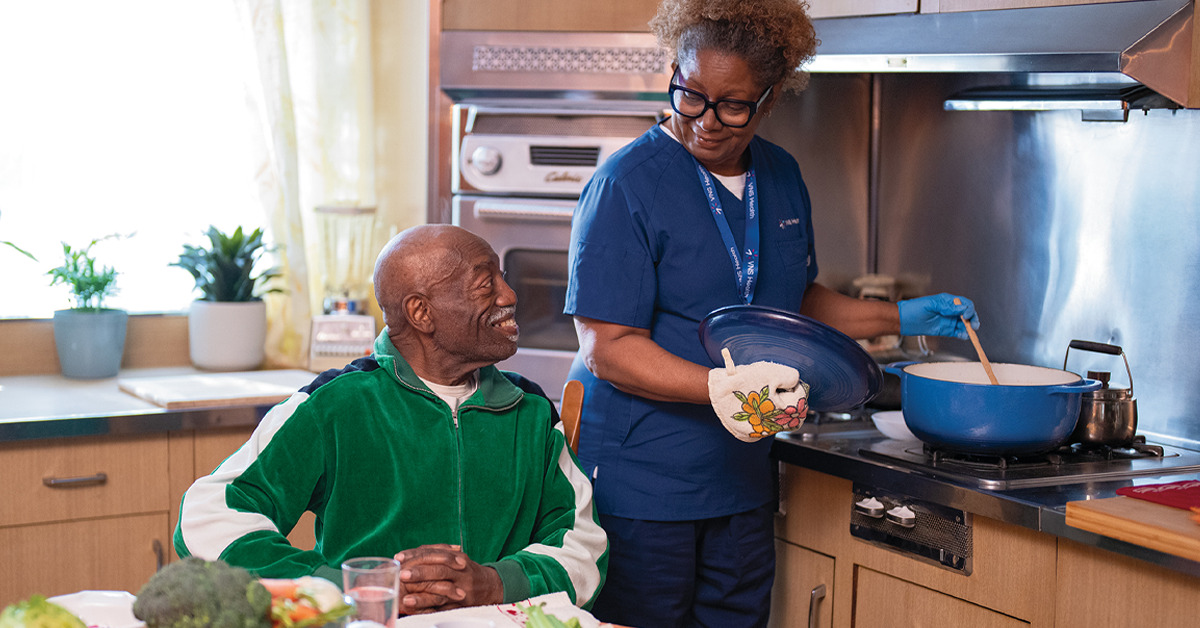The Way To Heart-Healthy Meals
Learn some ways you can help reduce the “bad” cholesterol and increase the “good cholesterol” in your blood by knowing which foods to avoid, which foods to eat more of and how to cook them.

By choosing the right foods, you can help reduce the “bad” cholesterol (LDL) in your blood and increase the “good” cholesterol (HDL), which helps your body get rid of the “bad” cholesterol. Planning a heart-healthy diet means knowing which foods to eat more of and which foods to avoid. It means steaming, broiling, or grilling instead of frying. It also means controlling your portion size, choosing nutrient-rich foods and limiting fats and alcohol.
- Eat whole grains like oatmeal, whole grain cereals, brown rice, whole grain pasta, whole grain breads. AVOID muffins, doughnuts, biscuits, granola bars, cakes, pies, buttered popcorn, chips, cornbread if you have high triglyceride levels in your blood.
- Eat fruits and vegetables. Choose good sources of high-fiber fresh and frozen vegetables and fruit, low-salt canned vegetables and canned fruit packed in juice or water. AVOID coconut, vegetables with cream sauces, breaded vegetables, canned fruit packed in heavy syrup.
- Eat no-salt or reduced-salt (sodium) food like herbs and spices, salt substitutes, reduced-salt canned soups and prepared meals, reduced-salt ketchup and soy sauce. AVOID table salt, regular soy sauce, canned soups, frozen dinners.
- Eat unsaturated or trans fat-free foods like olive and canola oils, soybean oil, trans fat-free margarine or cholesterol-free spreads, almonds, walnuts, and seeds. AVOID butter, lard, bacon, cream sauce, gravy, nondairy creamers, cocoa butter, trans fats found in hydrogenated margarine and shortening, cookies or crackers or chips with partially hydrogenated fats ingredients, palm oil and coconut oil.
- Eat low-fat protein like skim or 1% milk, fat-free or low-fat dairy products, egg whites, soybean products, lean ground meat, skinless chicken breasts, beans, lentils and peas, salmon, tuna, mackerel, sardines and herring. AVOID full-fat milk and dairy products, liver, egg yolks, spareribs, cold cuts, frankfurters, sausage, bacon, fried or breaded or canned meats, marbled meats.
PLANNING HEART-HEALTHY MEALS
Plan your meals ahead of time to help ensure a healthy diet. Make a shopping list so that you have heart-healthy foods on hand. Consult with your doctor or a registered dietitian if you are not sure whether something is good or bad for your heart. And have your body mass index (BMI) checked next time you see your doctor. Eating right is the way to a healthy heart.


